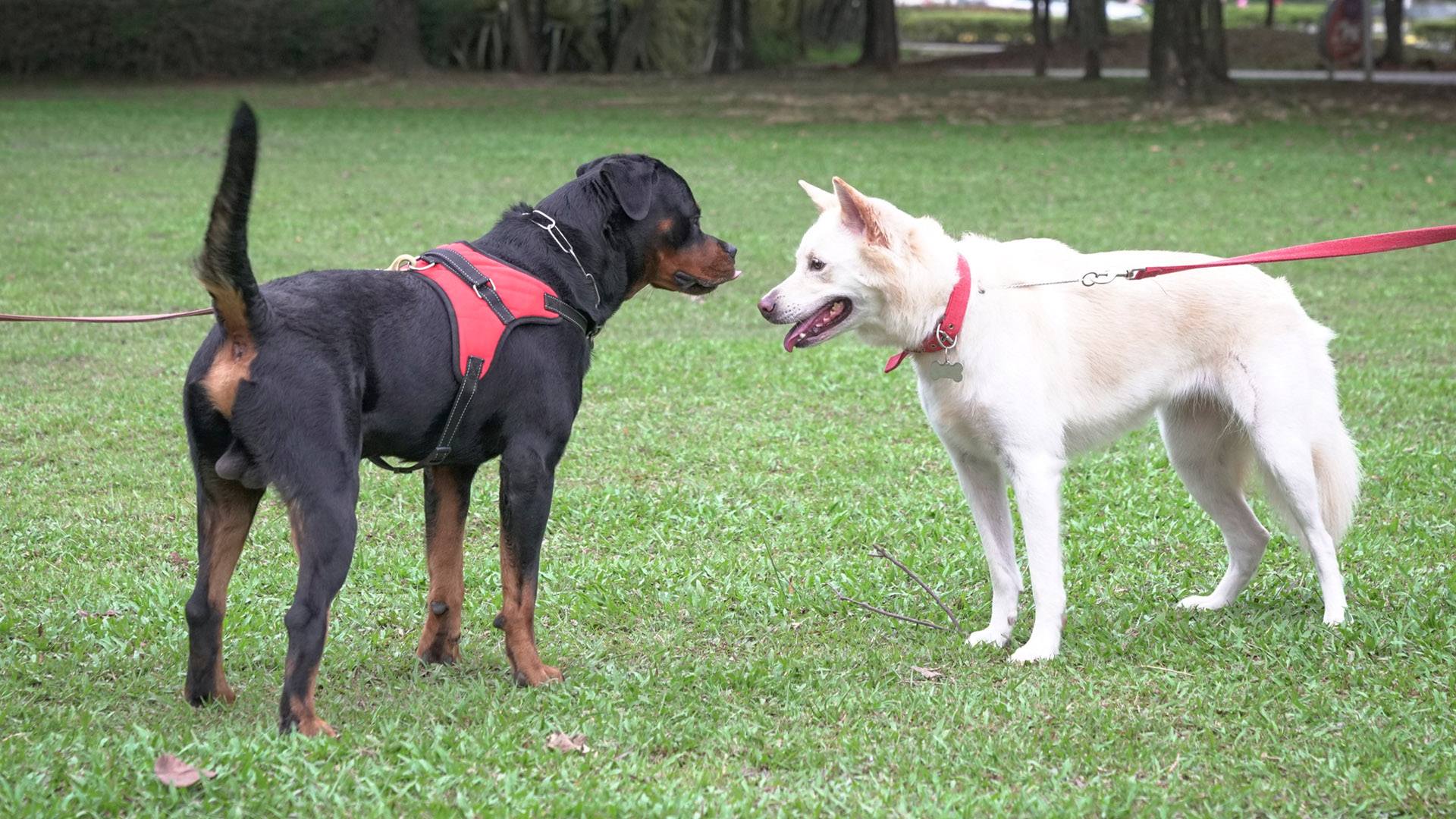Trainers shares four signs of reactivity in adolescent dogs that you can look out for to prevent a problem
It’s easier to address reactivity early on than further down the line!

Adolescence can be a tricky time for us as dog parents. Your dog might regress in some aspects of their training or socialization, seem as though they’re being rebellious, or display reactive behavior.
Reactivity in dogs will often show up in dogs when they’re going through the teenage stage (not unlike teenage humans!) so it’s important to look out for the signs in order to tackle it. Put the hard work in now, and you’re less likely to run into issues in the long term – instead, you can go through life with your dog enjoying the best dog treats and toys without worry.
And professional dog trainer and behavioral consultant Amelia Steele, or Amelia the Dog Trainer, has explained just what we need to keep an eye out for in a new Instagram post, so let’s take a look!
A post shared by Amelia Steele | Dog Training & Behaviour (@ameliathedogtrainer)
A photo posted by on
“Most people I know are totally unaware of what the early warning signs are,” begins Steele, “And let me tell you, catching it early makes life so much easier.”
So, here’s what to look out for, according to Steele (and here’s what causes reactivity in dogs for some additional context!).
1. Stopping, dropping, or sitting down when they see another dog: “If your dog does any of these things,” she says, “This is a form of fixation, and it’s a really, really clear early warning sign for reactivity developing.”
2. Overexcitement: Does your dog get so overexcited when they see another dog or person that they can’t contain themselves? “This can lead to a lot of unhealthy behaviors that can also lead to frustration-type reactivity,” explains Steele.
Get the best advice, tips and top tech for your beloved Pets
3. Having to greet every dog: This can result in something referred to as oversocialization – in simple terms, when your dog gets used to saying hello to everybody. “So, when that lead goes on and they can’t,” she continues, “They become frustrated and they bark.”
4. Avoidance: If your pup wants to avoid other dogs or people, or they aren’t confident when it comes to greetings, this might be a sign of fear. It’s something that’s best to identify early on to prevent reactivity further down the line.
Steele adds, “The truth is, there are no quick fixes for behavior like this. But having a consistent plan in place as early as possible will really help.”
For more reactivity advice, you might find this article from a fellow dog parent insightful: I trained as a dog behaviorist to better understand my reactive dog, and it totally transformed our bond. Likewise, there’s plenty of useful advice in this article: My dog’s leash pulling made walks miserable until I helped her reactivity, here’s how.

Adam is a freelance journalist specialising in pets, music and culture, and mental health and wellbeing. He investigates and writes the large majority of news on PetsRadar, and collaborates with veterinary experts to produce informative pet care content.
Adam has a journalism degree from Southampton Solent University and a masters degree in Magazine Journalism from Cardiff University. He was previously senior editor at dog advice website DogTime.com, and has also written for The Independent, GoodToKnow and Healthline.
He owns two rescue cats, Bunny and Dougie, and has also previously had a rabbit, fish and Roborovski dwarf hamsters.
